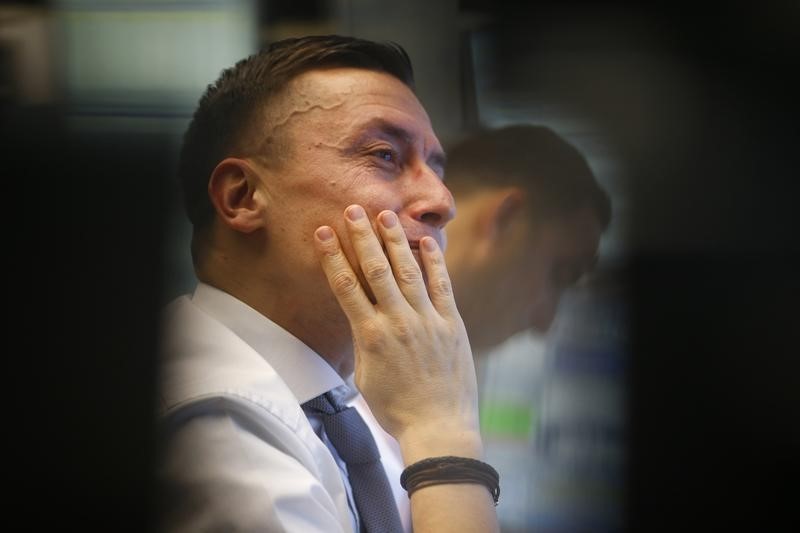Quiver Quantitative - Wall Street's quantitative analysts, or quants, are grappling with a new era in investing where cash yields are becoming increasingly competitive. 2023 saw most long-short factor trades in equities, designed to profit from various market traits, lose money. According to Goldman Sachs Group (NYSE:GS), the main quant factors in credit also underperformed compared to cash rates. This shift is largely due to the roaring inflation and rapid rate hikes, which have reintroduced significant market swings and dislocations. However, these conditions haven't favored quants, who traditionally rely on more stable market environments to extract gains from credit and stock markets.
The failure of these factor strategies to outperform even risk-free rates presents a challenge to quants, who often view the return on cash as a benchmark. The Federal Reserve's aggressive monetary tightening has pushed short-term yields above 5%, significantly higher than in the past decade. This resurgence of cash as a viable investment option is forcing quants to reassess their strategies. Lotfi Karoui, Goldman's chief credit strategist, notes that this has set the bar too high for systematic strategies to outperform, especially as cash has reestablished itself as a competitive alternative to bonds and risk assets.
Market Overview: Wall Street's quant gurus face a new reality, with rising cash yields eating into factor strategy returns in both equities and credit. 2023 saw 10 of 12 long-short equity factors and all four main market-neutral credit strategies underperform cash, highlighting the changing landscape. The Fed's aggressive rate hikes have set a higher bar for performance, prompting investors to demand double-digit returns and rethinking hedge fund selection.
Key Points: The reign of factor strategies may be waning as the return of inflation and positive rates reshape market dynamics. Technology megacaps and volatile narratives further muddied the waters for factor-driven bets, leading to lackluster performance across many categories. Even CTAs, known for utilizing cash heavily, experienced losses, adding to the overall quant disappointment.
Looking Ahead: The rise of cash as a competing alternative demands adaptation from quants, with potential shifts towards carry trades, growth strategies, and niche solutions. Investor expectations have risen, with hedge funds now expected to deliver double-digit returns to justify fees and secure allocations. The evolving landscape underscores the need for quants to demonstrate alpha and refine their models to weather the new rate environment.
The difficulty in outperforming cash rates is not unique to quants but extends to hedge funds across the board. With the cash rate hovering near a 22-year high, investors now expect higher returns and are scrutinizing performance fees more closely. Institutions typically target a return of about 3 percentage points above Treasury bill or Libor rates for their hedge fund investments, equating to roughly 8% annually. Despite the challenges, the top 10 cross-asset risk premia hedge funds tracked by Societe Generale (EPA:SOGN) achieved a 6% rise in 2023, while equity hedge funds gained 7% in a PivotalPath index.
The struggle for factor investors was exacerbated by the dominance of technology mega caps in last year's AI-driven market frenzy. For instance, the Bloomberg GSAM US Equity Multi Factor Index saw its worst performance since its inception in 2007, dropping 4.5%. In the credit market, 2023 marked the first year since at least 2012 when all quant factors tracked by Goldman underperformed cash. This underperformance was partly due to a large portion of investment-grade bonds yielding less than cash, making it challenging to generate high returns. The frequent market narrative shifts between recession fears and a soft landing further complicated the situation, creating volatility and uncertainty for quants.
This article was originally published on Quiver Quantitative
